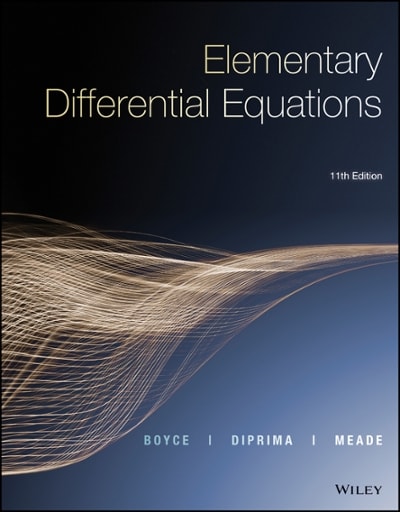Please solve the following questions and explain.
a) 415 m3/s b) 540 m3/s c) 665 m3/s d) 86.4 m3/s e) 4.32 m3/s J The peak runoff in the mainstream of a watershed has a mean of 128 m3/s and a standard deviation of 52 m3/s. If the sample data is normally distributed, the magnitude of runoff corresponding to a probability of exceedance of 16% is: a. 128 m3/s b. 76 m3/s c. 180 m3/s d. 52 m3/s \\/ The following infiltration capacity equation has been derived based on experimental data: f = 10 + 5e'12t where f is in mm/hr and t is in hr. The cumulative infiltration in mm after 45 minutes is: a. 7.5mm b. 7.9 mm c. 79 mm d. 450 mm For 2 questions below: To characterize the habits of UPLB students enrolled for the school year 2007-08 in using the library, the following information were asked from each student: F frequency of using the library (Everyday, Thrice-a-week, Once-a-week, Never) H average number of hours spent in the library per week S library section most frequently visited (Reserve, Circulation, and Periodicals) I IQ score Y student classication (1 Freshman, 2 Sophomore, 3 Junior, 4 - Senior, 5 Graduate) N number of books borrowed this semester M major field of specialization \\/ The universe in the study is the set of a. all UPLB students b. all UPLB students enrolled for the school year 2007-08 c. all freshmen students enrolled for the school year 2007-08 d. students who have visited the library at least once / Which of the following is (are) TRUE? 1. The variables H, I and Y are quantitative and are of the ratio, interval and nominal levels, respectively. 11. The variables S and F are qualitative variables and are of the nominal and ordinal levels, respectively. a. I only b. II only c. Both I and II d. Neither I nor II / Which of the following is (are) TRUE? 1. The variables N and Y are both discrete quantitative variables. II. The variable I is a quantitative variable in the interval scale. a. I only b. II only c. Both I and II d. Neither I nor II Consider the table below. Table 1. Partial FDT on the net sales (in million pesos) of 24 manufacturing rms in the country. Net Sales Relative Frequency (5L 1 - 3 12.5 4 - 6 14.5 7 - 9 40.0 10 - 12 22.5 13 and above 10.5 V How many rms earned less than P4 million? a. 12.5 b. 6 c. 3 d. 3.48 For 2 questions below: The following summarizes the amount of soft drinks consumed per month (ounces) by 200 residents of Brgy. San Lorenzo, San Pablo City: Amount Consumed 32 85 l 130 I 150 375 No. of Residents 50 45 70 34 1 V The average amount of soft drinks consumed per month by residents of Brgy. San Lorenzo, San Pablo City is a. 70 b. 100 c. 130 d. 156 V Seventy five percent of the residents consumed at most amount of soft drinks per month (ounces). a. 70 b. 100 c. 130 d. 150 V The most appropriate measure of central tendency is a. maximum b. mean c. median d. mode V The mean height of this year's batch of graduating Prep students in a private school is 88 cm. Two students are extremely tall when compared to their classmates. The height distribution of this batch of students is c. normal d. negatively skewed a. symmetric b. positively skewed V A flood flow of 560 m3/s was determined to have a 20% probability of occurrence. What is its return period? a. Zyears c. 5years b. 20 years d. 50 years V Determine the average monthly rainfall in a 500 ha watershed based on the rainfall data for September of 5 rainfall gaging stations. The areas of the corresponding Thiessen polygons are also indicated








